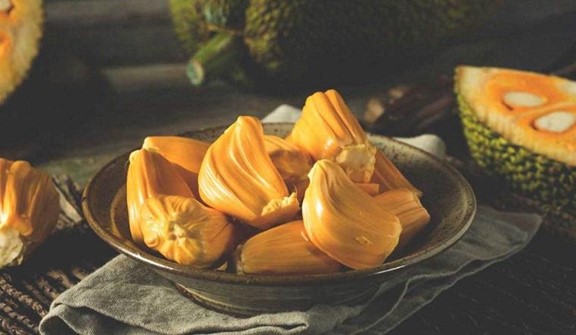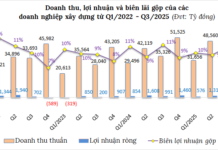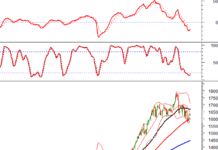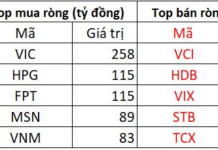
According to statistics from the General Department of Vietnam Customs, the export value of jackfruit from Vietnam in Q3/2025 reached $17.7 million, a 52% increase compared to Q3/2024.
In the first nine months of 2025, Vietnam earned over $141 million from jackfruit exports, a 20% decrease compared to the same period in 2024. Despite the decline in revenue, jackfruit remains among the top five largest exported fruits in Vietnam for the first three quarters, following durian, dragon fruit, bananas, and mangoes.
Among various markets, China is the leading importer of Vietnamese jackfruit. The world’s most populous country primarily imports jackfruit from Thailand and Vietnam. Jackfruit imported from Vietnam into China is mainly the Thai variety (Chanrai jackfruit) with yellow and some red flesh. Additionally, China imports a significant portion for processing into dried products and jackfruit powder.
Following the visit to China by the former General Secretary in early November 2022, several phytosanitary protocols were signed, benefiting Vietnam. Among these, durian and jackfruit were the earliest beneficiaries. This has helped Vietnamese jackfruit penetrate deeper into China’s fruit consumption chain.
By the end of 2023, Vietnam had over 25,000 hectares of concentrated jackfruit cultivation, primarily in the Mekong Delta and Southeast regions. Thai jackfruit is the dominant variety, accounting for approximately 85% of the total area.
In 2024, according to preliminary data from the General Department of Vietnam Customs, jackfruit exports reached about $146 million, a 12% increase compared to 2023, mainly due to the expansion of auxiliary border gates and strong demand from Guangxi, China. However, in 2025, jackfruit exports stagnated as China tightened quality control and imposed stricter requirements on traceability.

Unlike countries such as Thailand or Malaysia, where jackfruit cultivation is planned into specialized regions, controlled by batches, and assigned regional codes, jackfruit production in Vietnam remains spontaneous. Farmers self-propagate without certification, and care practices do not adhere to standard procedures, resulting in inconsistent fruit quality, varying sweetness, and segment thickness, which complicates packaging and export.
Another issue is the uneven harvesting time, with fruits being chemically ripened or left to overripe, affecting the reputation of Vietnamese produce. China has tightened inspections for substances like ethephon and paclobutrazol in imported fruits, leading to many Vietnamese jackfruit batches being detained or returned.
Some companies, such as Cau Ke Fruit Processing Co., Ltd. (Tra Vinh) and Vina T&T, have invested in segmenting, freezing, and exporting processed jackfruit to the U.S. and Canada, achieving prices three times higher than fresh jackfruit.
The potential for exporting jackfruit to high-end markets like Japan, South Korea, and the Middle East remains significant, as consumers in these regions are increasingly interested in tropical fruits rich in fiber and natural sweetness.
Jackfruit is considered the “savior of the world” due to its ability to thrive in various environments, resist pests and high temperatures, and tolerate drought. Once mature, it requires minimal care. Even in the face of climate change, jackfruit will be one of the surviving and growing crops. The United States has also successfully cultivated some jackfruit varieties in Florida.
According to Padre, an editor at Adike Patrike magazine in India, who is deeply interested in jackfruit-related topics, Indian farmers can earn approximately $151 per jackfruit tree. This figure includes the main product, the fruit, and other by-products. Therefore, Vietnam possesses an incredibly valuable natural gift to humanity that perhaps few have noticed.




































